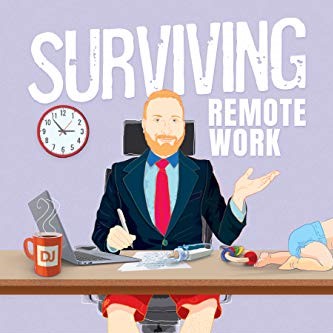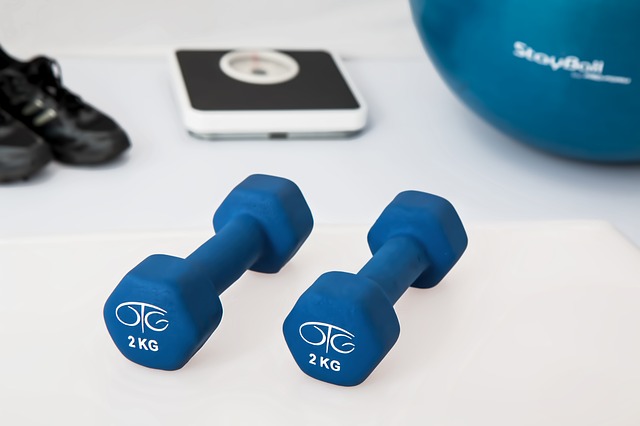Magnetic resonance imaging (MRI) uses magnetic fields and radio waves to take pictures of the inside of your body to help doctors determine if there are abnormal tissues within the body. It is a wonderful tool that lets you see inside the body with amazing clarity. The best part is that it does this with no harmful radiation. MRIs are used for medical diagnosis, and staging and follow-up of diseases. Unlike CT scans, MRI scans typically take longer are louder, and tend to need the subject to enter a narrow, confining tube. Also, people with some medical implants or other non-removable metal inside the body may be unable to undergo an MRI examination safely. MRIs can be foreboding so it is important to understand the importance of getting an MRI.
The first thing to know is that abnormal results are normal in an MRI: the body is constantly degenerating so there is always something “wrong” that an MRI will find. So abnormal results should not lead you to think that you will automatically have to go under the knife and have an operation or that you will require injections of some sort. Expect the abnormal.
It is also true that MRIs are inconsistent with symptom presentation in symptomatic and asymptomatic patients. In other words, an MRI may give normal reports for a symptomatic patient and asymptomatic patients may receive normal reports. For instance, 70% of asymptomatic patients in their 20s have at least one herniation in their neck. Despite this, those patients have no impairments that require action. So finding an abnormal result will not necessarily lead to action having to be taken.
Furthermore, MRIs can be more harmful than beneficial. For instance, having an MRI early can cause poorer outcomes for patients with low back pain. Patients have been known to engage in fear-avoidance behaviors, rather than dealing with symptoms and working on recovery.
MRIs are costly. As an example, an MRI and the additional tests, medication prescription, injections, delayed physical therapy, lost time at work, etc that come with it, can add between $2,500 to $4,800 in additional costs to the total bill for treating back and/or neck pain. If you need an MRI you have to make sure to get a cheap MRI.
MRIs therefore should be useful with caution. Their results often differ materially from the diagnosis given. An example of a situation in which you should get an MRI is if you are diagnosed with spinal stenosis which is commonly associated with low back pain. It can be evaluated and screened by way of an MRI.
If you have back or neck pain, see a physical therapist before getting an MRI. Often, as we have indicated, the high costs of MRIs can be avoided without affecting the outcomes of the patient if a physical therapist is used.
A physical therapist will be able to tell you if further testing will be needed and whether you need to see a medical doctor. In most cases, back and neck pain can be treated with physical treatment even if your MRI would appear to be abnormal.



